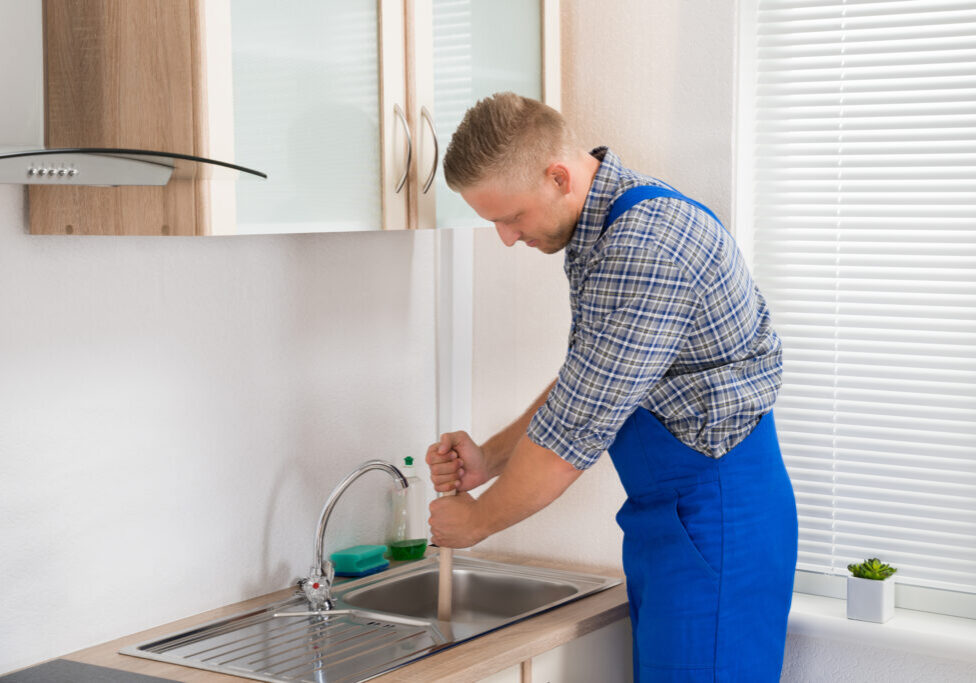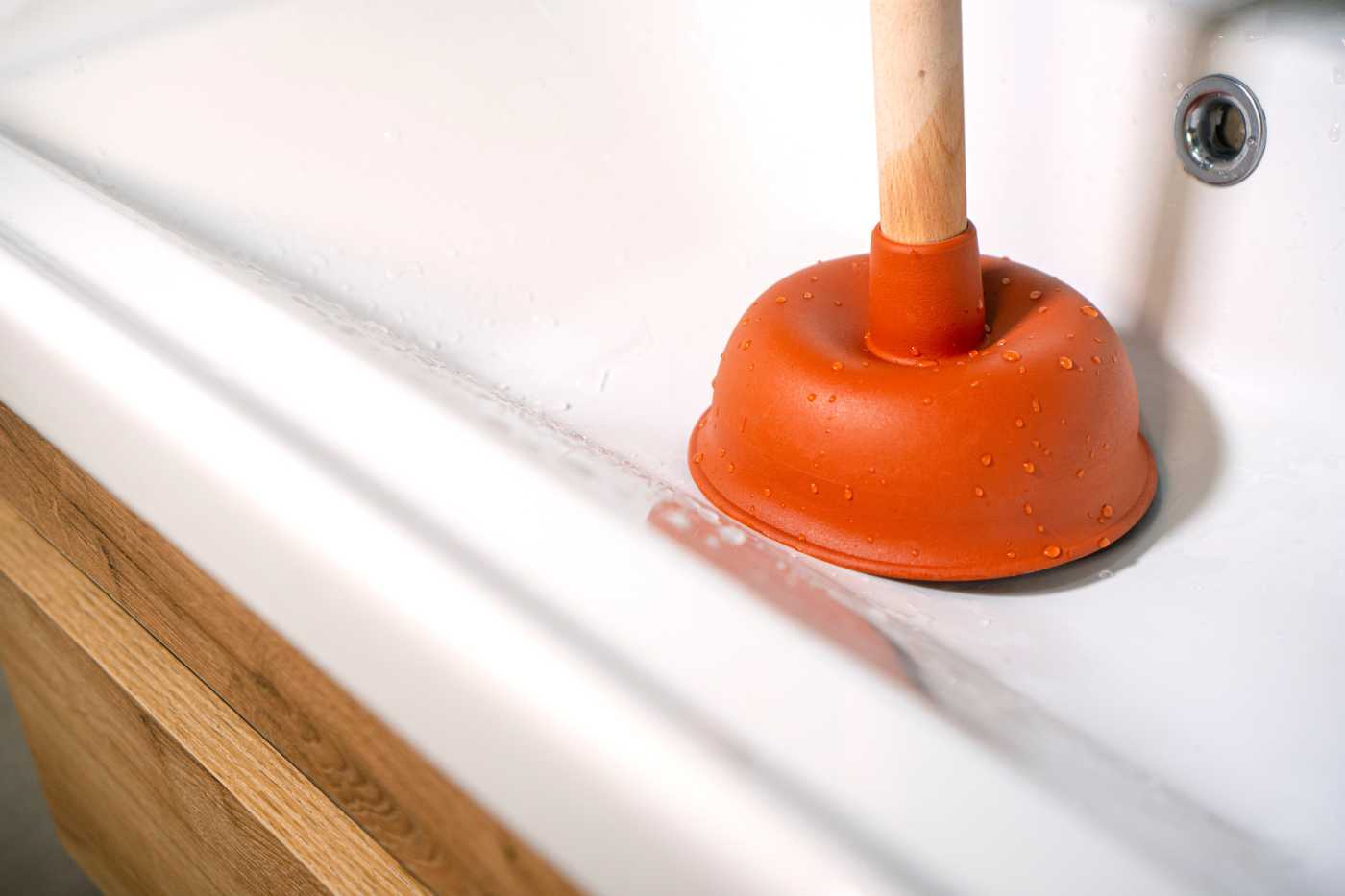Ways to Perfect Plungers and Drain Cleaner: Professional Guidance
Ways to Perfect Plungers and Drain Cleaner: Professional Guidance
Blog Article
The writer is making a number of great points on the subject of How to Unclog Your Sink with a Plunger in general in this content down the page.

Introduction
Appropriate maintenance of house drains is essential for preventing obstructions and guaranteeing smooth water circulation. One of the trick devices in every house owner's toolkit is the plunger, alongside various drainpipe cleansers designed to tackle stubborn blockages effectively. This short article checks out exactly how to utilize bettors and drainpipe cleaners successfully to maintain your drains pipes moving openly.
Section 1: Understanding Plungers
Sorts of Plungers
There are a number of types of bettors offered, each designed for various kinds of drains and obstructs. One of the most common kinds consist of cup plungers, flange plungers, and accordion plungers.
Exactly How Plungers Job
Bettors work on the principle of developing stress and suction to dislodge obstructions. When effectively used over a drainpipe, they develop a vacuum that can take out debris or break up obstructions.
Selecting the Right Bettor
Choosing the right bettor depends on the kind of drain and the nature of the blockage. Cup plungers are suitable for sinks and tubs, while flange plungers are much better matched for toilets due to their layout.
Common Blunders with Bettors
Staying clear of these blunders guarantees efficient plunging: incorrect seal around the drain, insufficient force, and not clearing bordering particles.
Section 2: Utilizing Plungers Properly
Prep work
Prior to plunging, guarantee the bettor covers the drain entirely and develops a tight seal. Clear any kind of visible particles around the drain opening.
Strategy
Start with mild plunging activities to develop suction. Rise pressure gradually, utilizing a stable rhythm. Repeat as necessary up until the drainpipe clears.
Repairing Tips
If plunging does not work, attempt changing the seal, using petroleum jelly for a much better seal, or using a various sort of plunger.
Area 3: Recognizing Drainpipe Cleansers
Sorts Of Drain Cleansers
Drain cleaners can be chemical or enzymatic. Chemical cleansers make use of strong chemicals to liquify obstructions, while enzymatic cleaners make use of all-natural enzymes to break down raw material.
Just How Drainpipe Cleaners Job
Chemical cleansers respond with clogs to liquify them, while chemical cleaners break down organic products like hair and oil without hurting pipes.
Safety and security Factors to consider
Always wear handwear covers and eye security when using chemical drainpipe cleaners. Guarantee adequate air flow and comply with manufacturer directions thoroughly.
Eco-Friendly Alternatives
Consider utilizing vinegar and baking soft drink or enzyme-based cleansers for green options that are more secure for pipes and the atmosphere.
Area 4: Using Drainpipe Cleaning Company Efficiently
Application Strategies
Put chemical cleaners directly right into the drainpipe opening. Allow them to help the suggested time prior to purging with hot water. Enzymatic cleaners must rest over night.
Precautions
Prevent blending different sorts of cleaners, as this can generate toxic fumes. Never ever make use of chemical cleaners together with a bettor, as spilling can happen.
Managing Stubborn Blockages
For relentless clogs, consider using a plumbing serpent or calling a specialist plumbing professional to stop damage to pipelines.
Final thought
In conclusion, recognizing exactly how to use plungers and drainpipe cleansers effectively is necessary for keeping healthy and balanced plumbing systems. By choosing the right tools and methods, house owners can take on small obstructions and protect against significant pipes concerns down the line.
5 Steps on How to Use a Plunger Effectively
Creating a Seal: Place the rubber cup of the plunger firmly over the toilet drain hole to create an airtight seal. This seal is crucial to prevent air from escaping and ensure effective plunging.
Plunge Gently: Gently press the plunger down to compress the air inside without causing splashing. This careful action sets the stage for effective unclogging without creating a mess.
Maintaining Pressure: Consistently apply pressure to the plunger while pushing and pulling it up and down. This sustained pressure generates the force needed to dislodge the clog.
Breaking the Clog: Continue plunging until you feel the clog release. Look for the water to start draining, indicating successful removal of the blockage.
Flushing and Cleaning: After clearing the clog, flush the toilet to confirm it's working properly. Clean the plunger with warm, soapy water and disinfect it for future use to maintain hygiene.
Additional Tips on How to Correctly Use a Plunger
if you encounter resistance, add some water to the bowl to create better suction;
check the plunger for any rubber cracks to ensure it's in good condition;
exercise patience and persistence, as certain clogs might need multiple attempts.
Mistakes to Avoid when Using Toilet Plunger
avoid using excessive force, as it may damage the toilet;
don't rush the process; take your time to ensure a proper seal and pressure;
never use a plunger if you've recently used chemical drain cleaners
Conclusion
Mastering the art of how to properly use a plunger is a valuable skill for every homeowner. By employing the correct techniques, you can effectively address clogs and ensure your toilet functions smoothly. Patience, persistence, and proactive in maintaining your plunger's hygiene are key to success in this endeavor.
Armed with these skills and principles, you can confidently handle plumbing issues as they arise, promoting a well-functioning and hygienic home environment.
https://homealliance.com/blogs/how-to-effectively-use-a-plunger-the-ultimate-guide

Application Strategies
Put chemical cleaners directly right into the drainpipe opening. Allow them to help the suggested time prior to purging with hot water. Enzymatic cleaners must rest over night.
Precautions
Prevent blending different sorts of cleaners, as this can generate toxic fumes. Never ever make use of chemical cleaners together with a bettor, as spilling can happen.
Managing Stubborn Blockages
For relentless clogs, consider using a plumbing serpent or calling a specialist plumbing professional to stop damage to pipelines.
Final thought
In conclusion, recognizing exactly how to use plungers and drainpipe cleansers effectively is necessary for keeping healthy and balanced plumbing systems. By choosing the right tools and methods, house owners can take on small obstructions and protect against significant pipes concerns down the line.
5 Steps on How to Use a Plunger Effectively
Creating a Seal: Place the rubber cup of the plunger firmly over the toilet drain hole to create an airtight seal. This seal is crucial to prevent air from escaping and ensure effective plunging. Plunge Gently: Gently press the plunger down to compress the air inside without causing splashing. This careful action sets the stage for effective unclogging without creating a mess. Maintaining Pressure: Consistently apply pressure to the plunger while pushing and pulling it up and down. This sustained pressure generates the force needed to dislodge the clog. Breaking the Clog: Continue plunging until you feel the clog release. Look for the water to start draining, indicating successful removal of the blockage. Flushing and Cleaning: After clearing the clog, flush the toilet to confirm it's working properly. Clean the plunger with warm, soapy water and disinfect it for future use to maintain hygiene. Additional Tips on How to Correctly Use a Plunger
if you encounter resistance, add some water to the bowl to create better suction; check the plunger for any rubber cracks to ensure it's in good condition; exercise patience and persistence, as certain clogs might need multiple attempts. Mistakes to Avoid when Using Toilet Plunger
avoid using excessive force, as it may damage the toilet; don't rush the process; take your time to ensure a proper seal and pressure; never use a plunger if you've recently used chemical drain cleaners Conclusion
Mastering the art of how to properly use a plunger is a valuable skill for every homeowner. By employing the correct techniques, you can effectively address clogs and ensure your toilet functions smoothly. Patience, persistence, and proactive in maintaining your plunger's hygiene are key to success in this endeavor.
Armed with these skills and principles, you can confidently handle plumbing issues as they arise, promoting a well-functioning and hygienic home environment.
https://homealliance.com/blogs/how-to-effectively-use-a-plunger-the-ultimate-guide

We had been made aware of that editorial on How to Unclog Your Sink with a Plunger through an acquaintance on our other web blog. Sharing is good. One never knows, you could be helping someone out. Thanks a bunch for your time. Please check up our blog back soon.
Book 24/7 Report this page